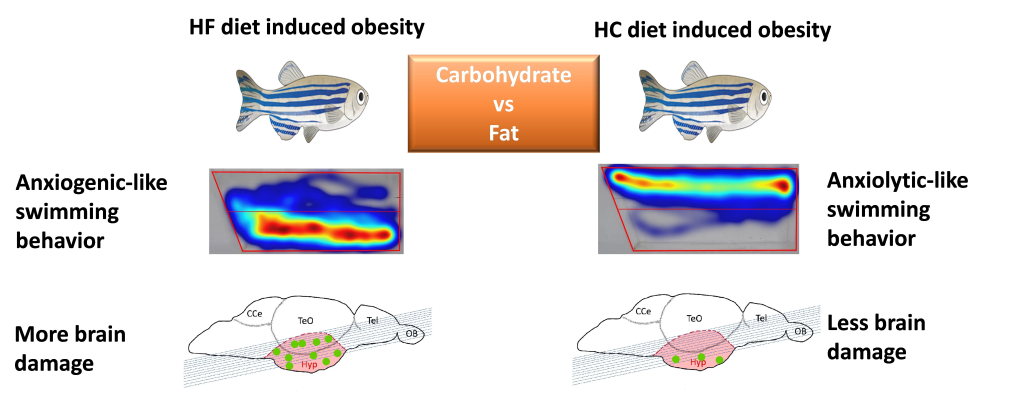
The potential effect mechanism of high‑fat and high-carbohydrate diet induced obesity on anxiety and offspring of zebrafish

Medine Türkoğlu, Alper Baran, Ekrem Sulukan, Atena Ghosigharehagaji, Serkan Yıldırım, Hacer Akgül Ceyhun, İsmail Bolat, Murat Arslan, Saltuk Buğrahan Ceyhun
Anxiety and obesity are two current phenomena. They are among the important public health problems with increasing prevalence worldwide. Although it is claimed that there are strong relations between them, the mechanism of this relationship has not been fully clarified yet. On the other hand, the effect of this relationship on the offspring has been another research subject. In this study, obese zebrafish were obtained by feeding two different diets, one containing high amount of lipid (HF) and the other containing high amount of carbohydrate (HK), and their anxiety levels were evaluated. To establish a relation- ship between these two phenomena, in addition to histopathological and immunohistochemical analysis in the brain tissues of fish, the transcription levels of some genes related to lipid and carbohydrate metabolisms were determined. In addition, offspring were taken from obese zebrafish and studied to examine the effect of parental obesity on offspring. As a result, it was observed that the HC diet, causing more weight increase than the HF diet, showed an anxiolytic while the HF diet an anxiogenic effect. It was suggested that the probable cause of this situation may be the regulatory effect on the appetite-related genes depending on the upregulation severity of the PPAR gene family based on the diet content. In addition, it was also sug- gested that it may have contributed to this process in neuron degenerations caused by oxidative stress. Regarding effects on offspring, it can be concluded that HF diet-induced obesity has more negative effects on the next generation than the HC diet.
- This paper includes part of master thesis of Medine TÜRKOĞLU.
- Corresponding author: Saltuk Buğrahan Ceyhun: saltukceyhun@hotmail.com
Received: 12 September 2020 / Accepted: 29 January 2021
© The Author(s), under exclusive licence to Springer Nature Switzerland AG part of Springer Nature 2021
You can read full article from: https://doi.org/10.1007/s40519-021-01140-5
